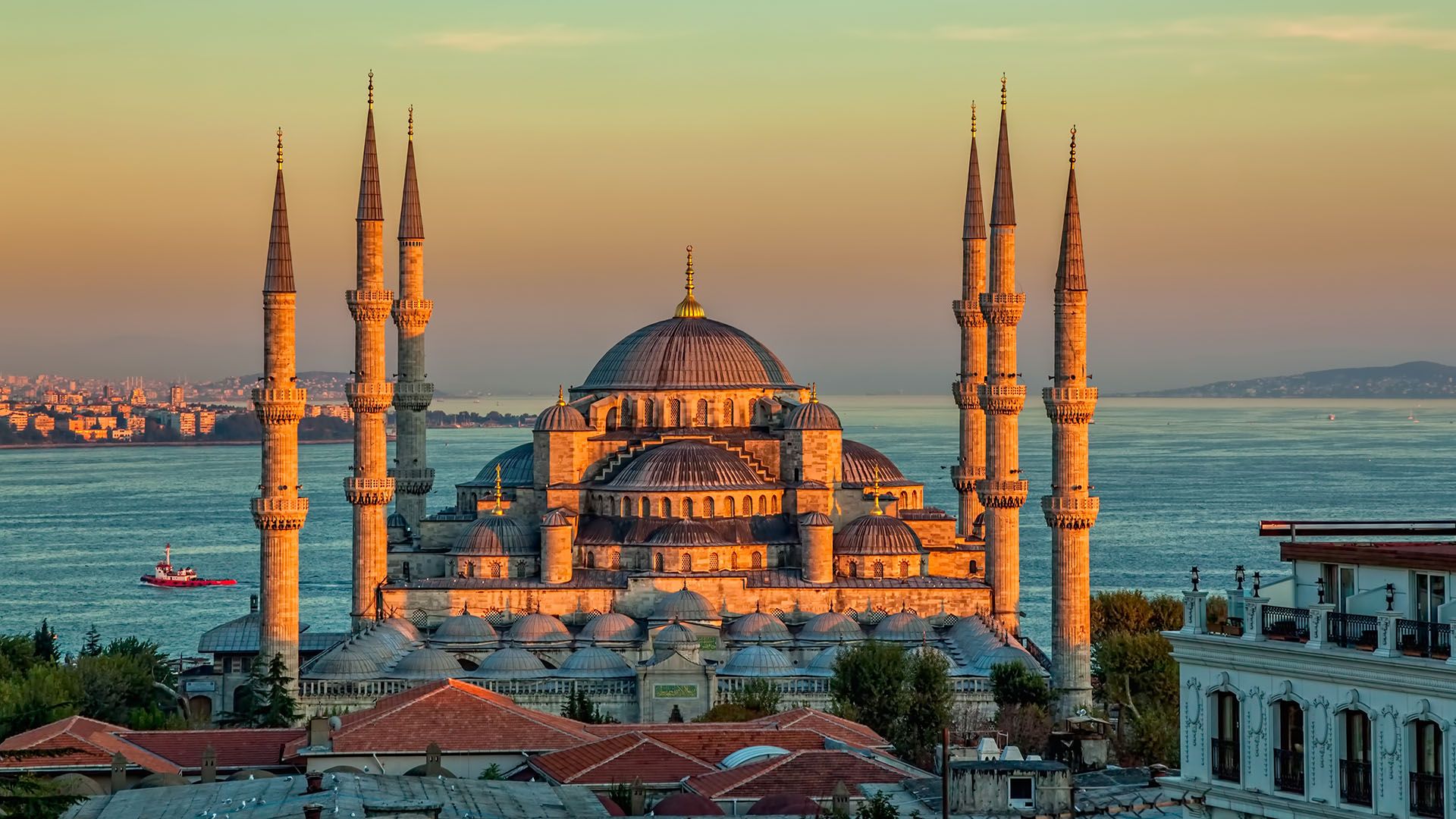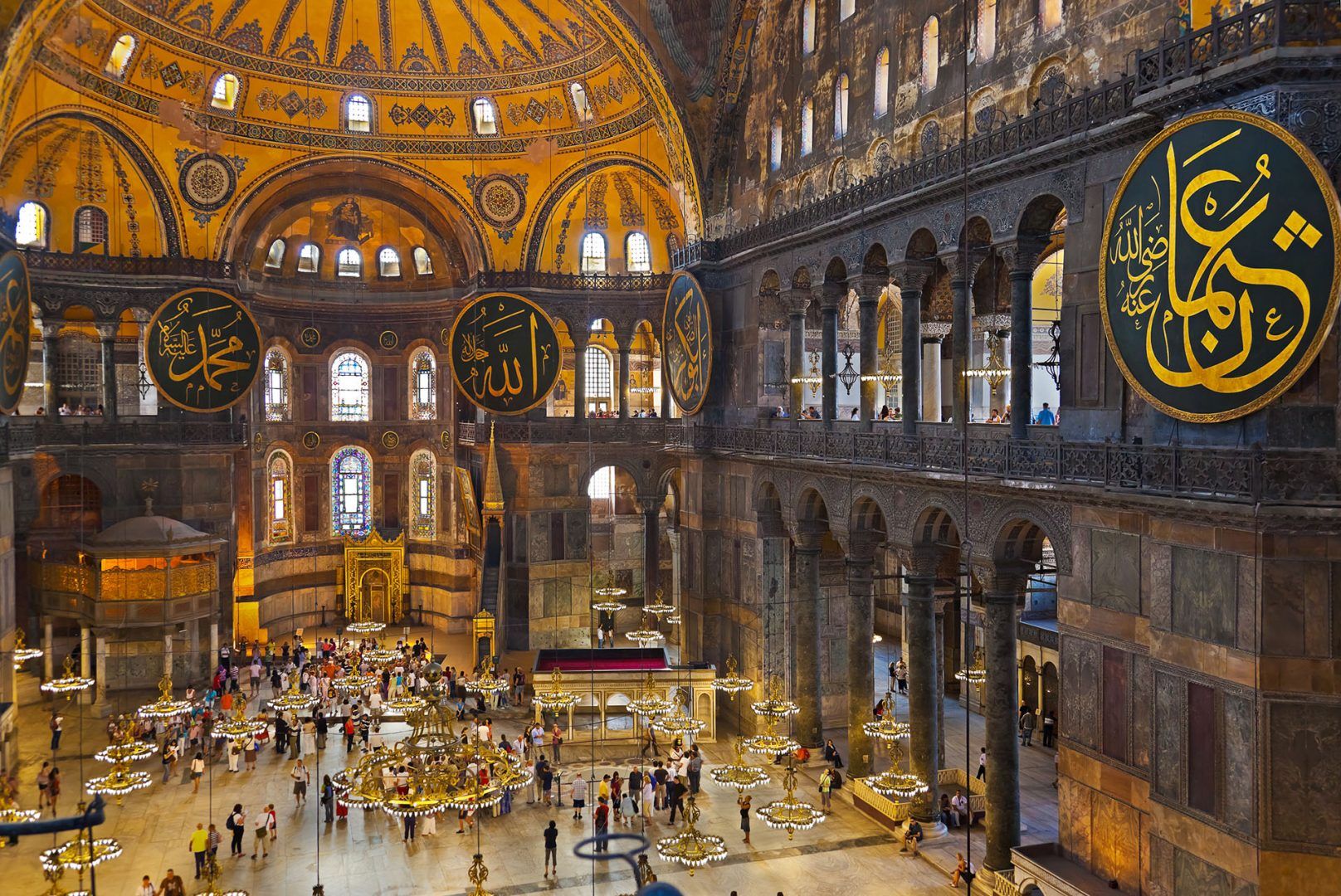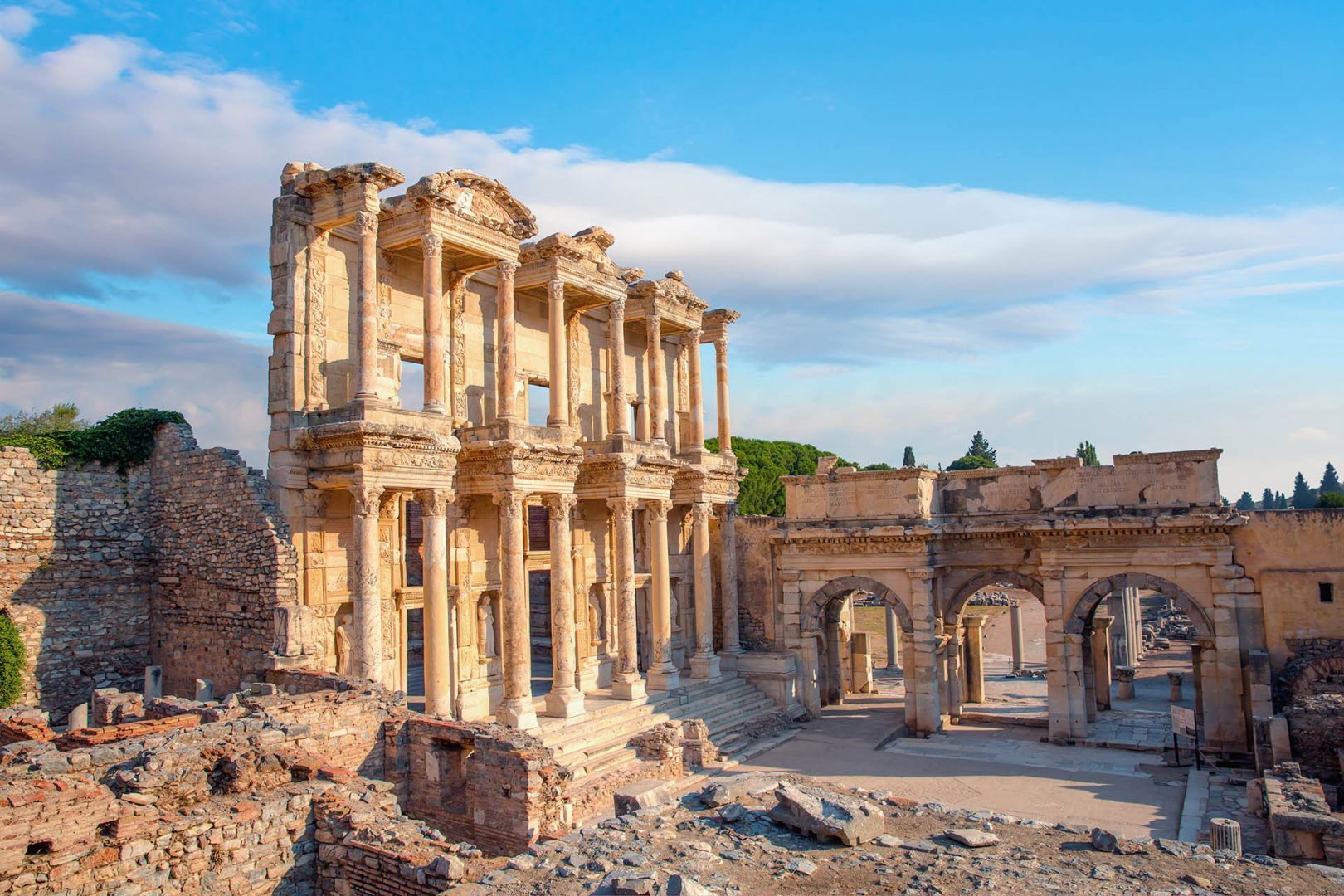Where to stay in Cappadocia
Given that Cappadocia is a dream destination for many travelers — thanks to its fairy chimneys, rock-cut churches and hot-air balloon trips — you might be pleased to hear that the region also offers plenty of dreamy accommodation (hello, cave hotels!).
That said, travelers on a budget are also catered for.
Göreme: best for all-round convenience and cave hotels.
Close to many key attractions, such as the Göreme Open-Air Museum, Pasabag, and various valley hikes, Göreme is the most popular base for visitors to Cappadocia.
It’s also known for its cave hotels. Yep, that’s right ‑— you can stay in rooms carved into the rocks.
Uçhisar: best for couples and peace seekers
Just a short distance from Göreme, Uçhisar is an upscale village, with Uçhisar Castle — the highest point in Cappadocia — offering stunning panoramic views of the entire region.
The village has a more relaxed atmosphere than Göreme, and more luxury accommodation, including high-end cave hotels.
Editor’s tip: for an even quieter stay, consider Ortahisar and Avanos, the latter of which has more mid-price and budget options.
Ürgüp: best for wine lovers and culture vultures
One of Cappadocia’s larger towns, Ürgüp offers a more cosmopolitan experience, and a decent spread of accommodation types, though slightly weighted to the mid and highend price range
Ürgüp is also famous for its wine production, and many hotels offer wine-tasting experiences.
Çavuşin: best for history lovers and hikers
Known for its rock-cut churches and ancient caves, the small village of Çavuşin is ideal for hikers as several popular trails start or pass through here.
If that wasn’t enough, Çavuşin is close to major attractions like Red Valley and Pasabag, home to one of Cappadocia’s oldest churches, and has affordable cave hotels.
Consider accommodation options in Cappadocia.















